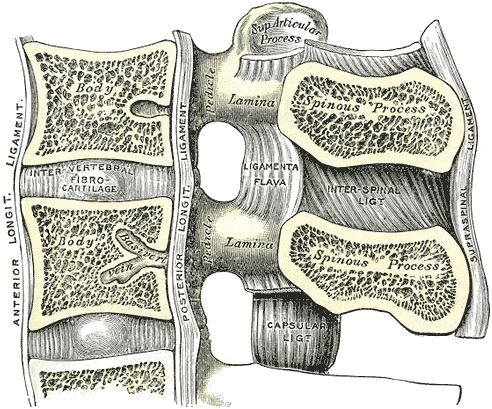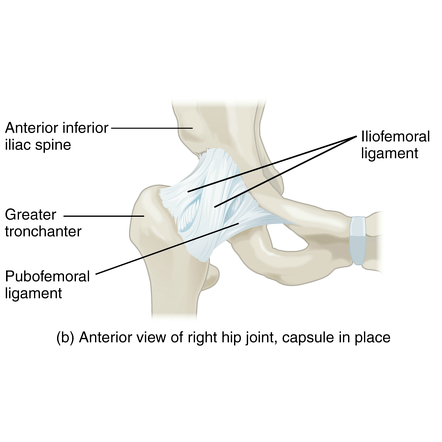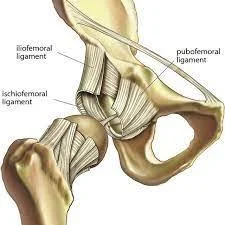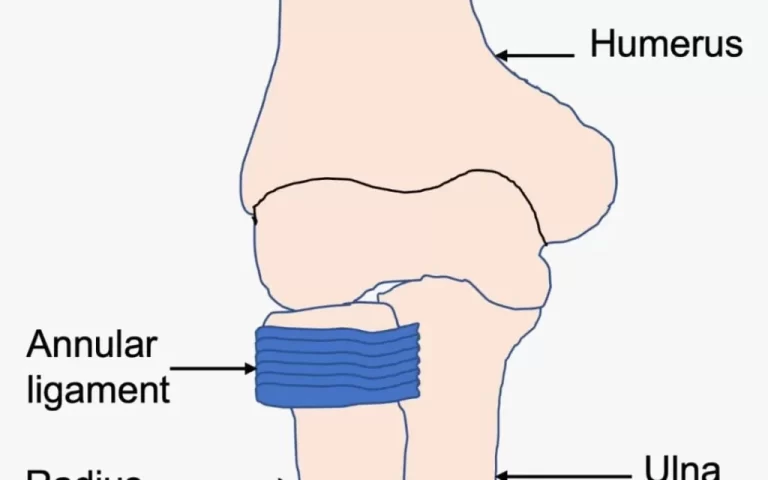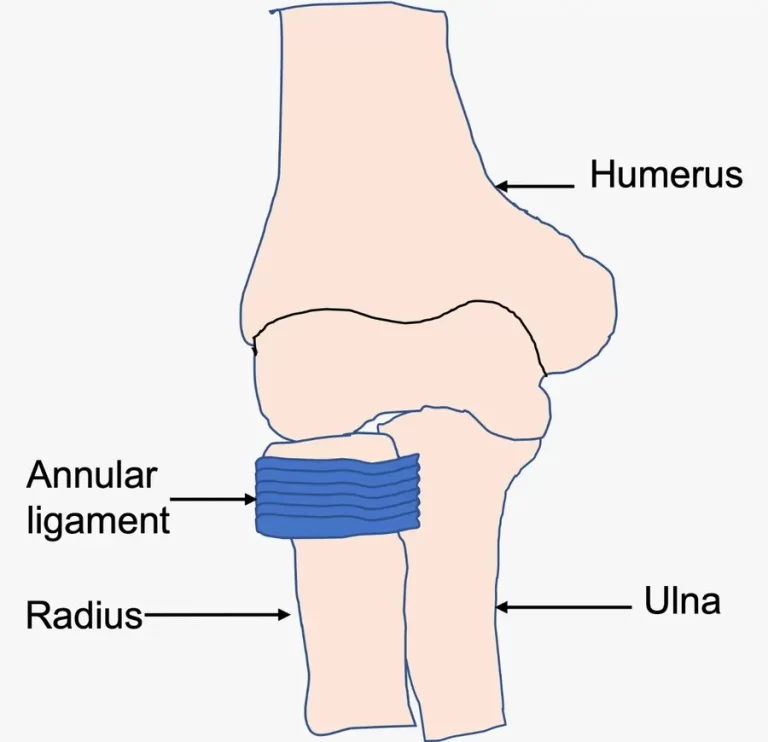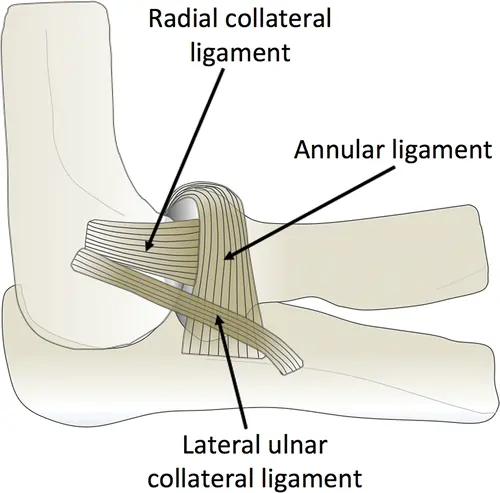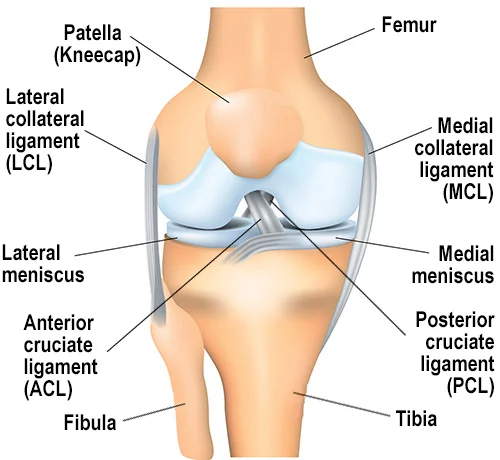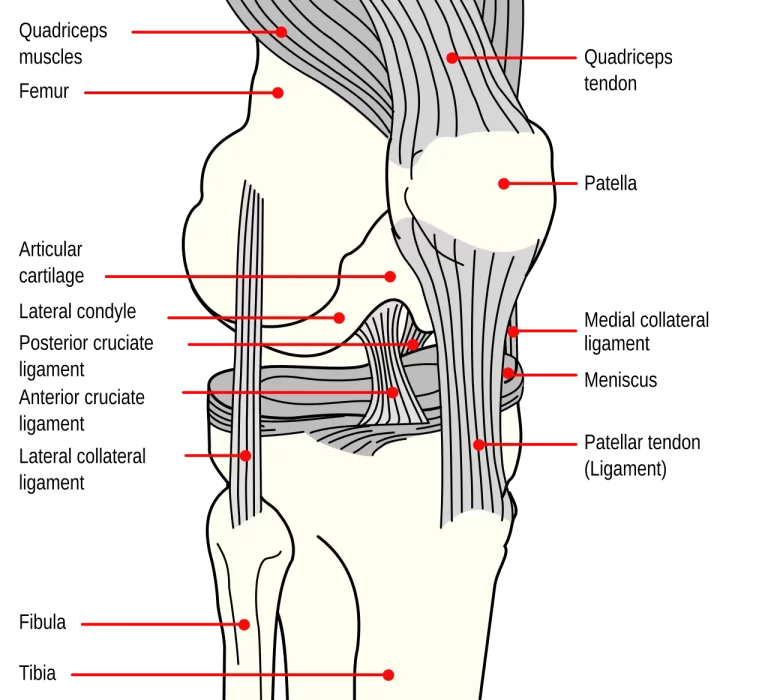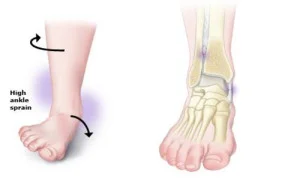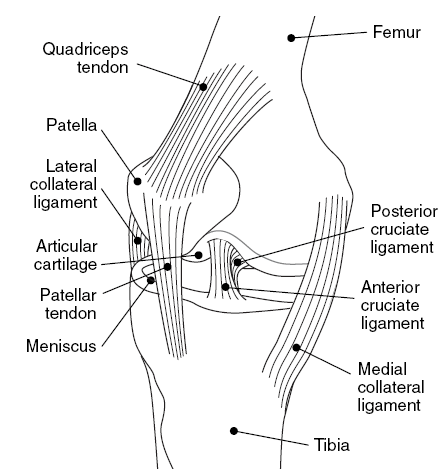Anterior Longitudinal Ligament
Introduction The anterior longitudinal ligament is a robust band of connective tissue that runs down the front of the spinal column’s vertebral bodies. It prevents excessive movement and protects against injury by stabilizing and supporting the spine. The ligament is a vital part of the spinal column and is essential to keeping the spine in…

